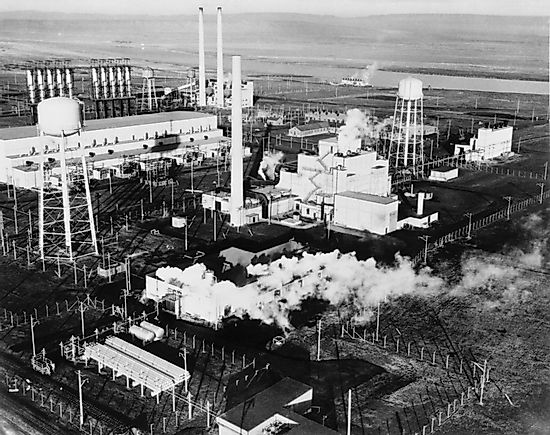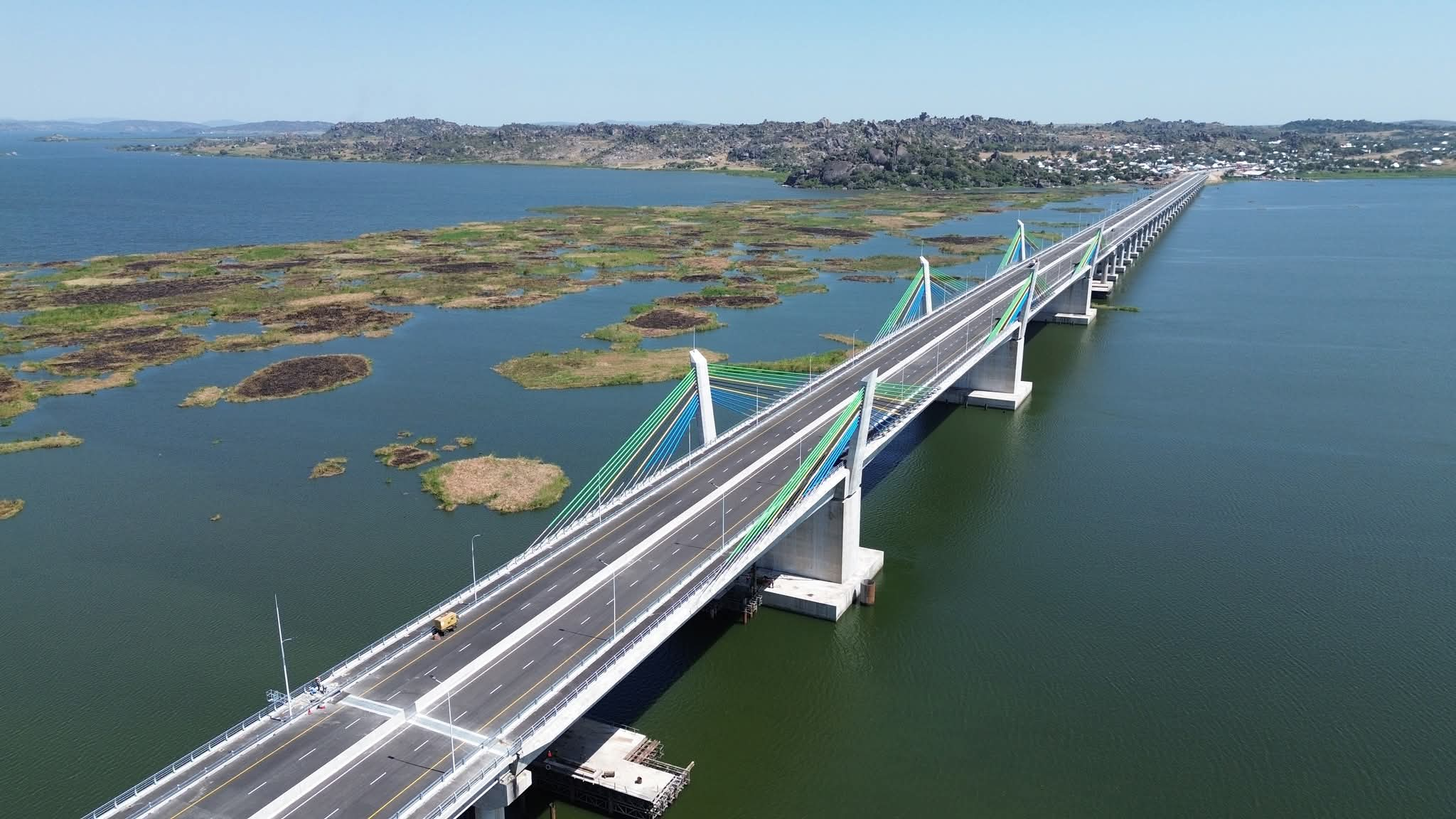THE MANHATTAN PROJECT: The Second Most Expensive Weapons Project in U.S. History

Did you know that the Manhattan Project produced the first nuclear weapons in the world, and that the project cost nearly a whopping US$2 billion (equivalent to about $24 billion in 2021)?
The Manhattan Project was a research and development undertaking during World War II and was led by the United States in collaboration with the United Kingdom and with support from Canada. There was a Japanese nuclear weapon program, but it lacked the human, mineral, and financial resources of the Manhattan Project, and never made much progress towards developing an atomic bomb.
The discovery of nuclear fission in 1938 made the development of an atomic bomb a theoretical possibility. The Manhattan Project was thus conceived as a result of Albert Einstein’s knowledge of the atomic weapons being built by the Germans after which he sent a letter relaying this crucial information to Franklin Roosevelt, the then President of the United States in 1939. Fears that a German atomic bomb project would develop atomic weapons first, especially among scientists who were refugees from Nazi Germany and other fascist countries, were expressed in the Einstein–Szilard letter to Roosevelt. This prompted preliminary research in the US in late 1939. Progress was slow until the arrival of the British MAUD Committee report in late 1941, which indicated that only 5 to 10 kilograms of isotopically-pure uranium-235 were needed for a bomb instead of tons of natural uranium and a neutron moderator like heavy water.
Consequently, the work was accelerated, first as a pilot program, and finally in the agreement by Roosevelt to turn the work over the U.S. Army Corps of Engineers to construct the production facilities necessary to produce uranium-235 and plutonium-239. This work was consolidated within the newly-created Manhattan Engineer District, which became better known as the Manhattan Project, eventually under the direction of Major General Leslie R. Groves, Jr. of the U.S. Army Corps of Engineers from 1942 to 1946.
The nuclear physicist J. Robert Oppenheimer was appointed the director of the Los Alamos Laboratory in New Mexico that designed the bombs. The Army component was designated the Manhattan District, as its first headquarters were in Manhattan; the name gradually superseded the official codename, Development of Substitute Materials, for the entire project. The project absorbed its earlier British counterpart, Tube Alloys.
The Manhattan Project grew rapidly and employed nearly 130,000 people at its peak and cost nearly US$2 billion (equivalent to about $24 billion in 2021). Over 90 percent of the cost was for building factories and to produce fissile material, with less than 10 percent for development and production of the weapons. Research and production took place at more than 30 sites across the United States, the United Kingdom, and Canada.
The project led to the development of two types of atomic bombs, both developed concurrently, during the war: a gun-type fission weapon that used uranium-235, called Little Boy, and a more complex implosion-type nuclear weapon that used plutonium-239, called Fat Man. Three methods were employed for uranium enrichment: electromagnetic, gaseous and thermal. In parallel with the work on uranium was an effort to produce plutonium.
The project was also charged with gathering intelligence on the German nuclear weapon project. Through Operation Alsos, Manhattan Project personnel served in Europe, sometimes behind enemy lines, where they gathered nuclear materials and documents, and rounded up German scientists. Despite the Manhattan Project's tight security, Soviet atomic spies successfully penetrated the program.
The first nuclear device ever detonated was an implosion-type bomb during the Trinity test, conducted at New Mexico's Alamogordo Bombing and Gunnery Range on 16 July 1945. Little Boy and Fat Man bombs were used a month later in the atomic bombings of Hiroshima and Nagasaki, respectively, with Manhattan Project personnel serving as bomb assembly technicians and weaponeers on the attack aircraft.
In the immediate postwar years, the Manhattan Project conducted weapons testing at Bikini Atoll as part of Operation Crossroads, developed new weapons, promoted the development of the network of national laboratories, supported medical research into radiology and laid the foundations for the nuclear navy. It maintained control over American atomic weapons research and production until the formation of the United States Atomic Energy Commission (UNAEC) in January 1947.
A total of four weapons (the Trinity gadget, Little Boy, Fat Man, and an unused Fat Man bomb) were produced by the end of 1945, making the average cost per bomb around $500 million in 1945 dollars. By comparison, the project's total cost by the end of 1945 was about 90% of the total spent on the production of US small arms (not including ammunition) and 34% of the total spent on US tanks during the same period. Overall, it was the second most expensive weapons project undertaken by the United States in World War II, behind only the design and production of the Boeing B-29 Superfortress.
Source: Wikipedia | Image Credit: WorldAtlas
#penglobalfactfile #ManhattanProject


_1755775186.jpg)
